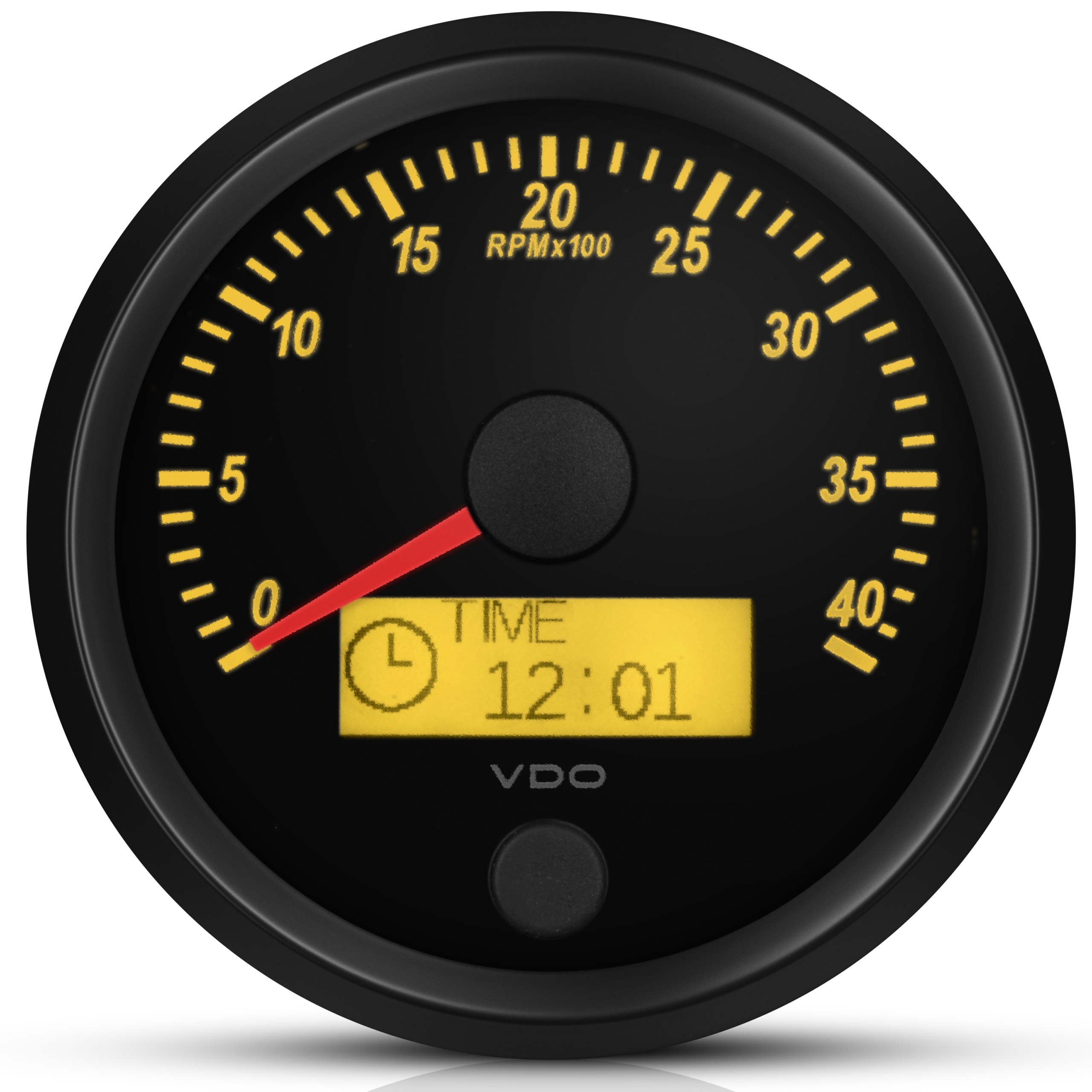Professional Tips for Maintaining and Adjusting Your Tachometer
Professional Tips for Maintaining and Adjusting Your Tachometer
Blog Article
The Significance of a Tachometer in Keeping An Eye On Engine Speed and Efficiency in Automotive Applications
In the world of automotive engineering, the tachometer stands as a pivotal instrument in the vehicle driver's collection, providing a direct home window right into the inner workings of a car's engine. Beyond its feature as a plain gauge of changes per min (RPM), the tachometer acts as a vital device for enthusiasts and experts alike, offering real-time insights right into engine performance and wellness. Understanding the significance of this tool goes past surface-level observations, delving right into the elaborate relationship in between engine rate, power outcome, and total driving experience. As we explore the complex function of the tachometer in vehicle applications, a deeper recognition for its effect on automobile characteristics and efficiency begins to emerge.
Value of Monitoring Engine RPM
Monitoring engine RPM, or transformations per min, is an important facet of automotive upkeep and performance assessment. Engine RPM directly correlates with the speed at which the engine's crankshaft rotates, indicating exactly how promptly the engine is running.
In addition, checking engine RPM is vital for efficiency evaluation in auto racing and high-performance lorries. Keeping optimal RPM levels is crucial for attaining peak power result and velocity. Racers usually use tachometers to guarantee they are operating within the optimal RPM range for maximum efficiency. In recap, keeping track of engine RPM is not just essential for identifying concerns however likewise for maximizing engine efficiency in various automobile applications.

Advantages of Real-Time Information
In auto applications, real-time information plays a crucial function in supplying instantaneous understandings into the performance and condition of the automobile. By constantly keeping track of various criteria such as engine speed, temperature level, gas intake, and more, real-time information offers many benefits that add to improved efficiency and safety and security on the roadway.
One considerable advantage of real-time data is its capacity to sharp motorists and service technicians to any abnormalities or problems immediately. This proactive method makes it possible for quick identification of potential issues, enabling prompt interventions to stop more damages or breakdowns. Furthermore, real-time data assists in efficiency optimization by giving prompt feedback on driving habits and engine effectiveness. Vehicle drivers can change their actions in real-time based on this details to achieve much better gas economic climate and lengthen the lifespan of their lorry.

Furthermore, real-time data reference plays a crucial duty in contemporary vehicle diagnostics, allowing service technicians to promptly diagnose and address malfunctions. This leads to minimized downtime, lower maintenance prices, and ultimately, enhanced general vehicle integrity and durability (tachometer). By taking advantage of the power of real-time data, auto stakeholders can make informed choices that favorably affect both the performance and durability of the vehicle
Impact on Gear Shifts
The tachometer plays a critical role in maximizing gear changes by providing real-time engine speed information to the chauffeur. When approaching the redline on the tachometer, it signals the driver to upshift to avoid over-revving the engine and triggering potential damage.
Additionally, the tachometer aids in attaining smoother gear shifts, particularly in manual transmissions. By monitoring engine rate, motorists can carry out equipment changes at the optimum RPM variety, minimizing snagging movements and reducing endure the transmission components. This precision in equipment modifications not just enhances driving comfort yet likewise adds to sustain efficiency.
Enhancing Gas Performance
Provided the critical duty the tachometer plays in enhancing equipment shifts for performance and engine health, it straight contributes to maximizing gas effectiveness in automobile applications. By giving real-time responses on engine rate, the tachometer aids vehicle drivers in keeping the most efficient RPM array for gas economic situation. When vehicle drivers constantly check the tachometer and change their motoring habits as necessary, they can stay clear of unnecessary fuel intake brought on by over-revving or carrying the engine.
In addition, the tachometer assists motorists recognize the most fuel-efficient equipment to be in at any provided minute, protecting against the engine from working tougher than necessary. In final thought, the tachometer offers as you can find out more an important tool in improving gas effectiveness by promoting ideal driving habits and recognizing areas for enhancement in the automobile's efficiency.

Maximizing Engine Durability
The tachometer's duty in checking engine speed and efficiency contributes in making certain the durability of vehicle engines. By making use of the tachometer successfully, vehicle drivers can enhance engine durability via mindful RPM administration. Consistently revving an engine expensive can bring about too much deterioration on essential parts, such as the pistons, valves, and bearings. Over time, this can cause reduced engine efficiency and prospective site web breakdowns. Keeping an eye on the tachometer enables drivers to remain within the advised RPM array for their automobile, preventing unnecessary stress on the engine and extending its life expectancy.

Conclusion
To conclude, the tachometer plays a vital role in keeping track of engine rate and efficiency in automotive applications. By providing real-time information on RPM, it permits reliable equipment shifts, enhanced fuel efficiency, and optimized engine longevity. This tool is essential for keeping optimum engine performance and making certain the total performance of a car.
Report this page